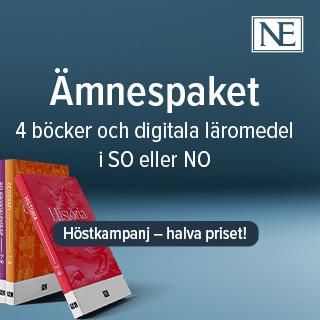Physical activity assessed by accelerometry in children
Andreas Nilsson
Professor Gareth Stratton, Gareth, Liverpool John Moores University, United Kingdom
ÖU – Örebro universitet
2008-02-07
Physical activity assessed by accelerometry in children
Hälsovetenskapliga institutionen
Physical activity assessed by accelerometry in children
Physical activity (PA) is likely to constitute an important aspect of health-related behaviour in growing children. However, the knowledge on levels and patterns of PA in children is limited, due to the difficulty of precisely measuring this complex behaviour in normal daily living. Information on variables that significantly contributes to the variability in PA patterns is warranted as it may inform strategies for promoting physically active lifestyles in school-age youth. The overall purpose of the present studies was to increase the knowledge about the use of accelerometry when assessing PA in children, and examine sources of variability in objectively assessed PA behaviour in children. The study samples included 1954 nine- and 15-year-old children from four geographical locations in Europe (Norway, Denmark, Estonia and Portugal), and additionally 16 Swedish seven-year-old boys and girls. PA was assessed by the MTI accelerometer during free-living conditions, including both weekdays and weekend days. A part of the PA assessment was conducted using different time sampling intervals (epochs). Predictions of estimates of daily energy expenditure from accelerometer output were calculated using previously published equations. Potential correlates of PA behaviour were assessed by self-report. The main findings were; a) the epoch setting had a significant effect when interpreting time spent at higher intensities of PA in young children, b) predicted energy expenditure differed substantially between equations, c) between- and within-day differences in overall levels of PA, time spent at moderate-to-vigorous intensity physical activity and time spent sedentary differed between age, gender and geographical location, d) outdoor play and sports participation were differentially associated with objectively measured PA in 9- and 15-year-old children. It is concluded that the sporadic nature of children s physical activity require very short epoch settings for detecting high intensity PA, and that different published equations for estimations of daily energy expenditure cannot be used interchangeably. The interpretations of average energy expenditure from available equations should be made with caution. Based on a large sample of children of different ages, weekend days and leisure time during weekdays seem appropriate targets when promoting PA in order to increase the proportion of children achieving current recommendations on health enhancing PA. Further, significant correlates of PA behaviour dependent on age group are presented, which should be considered when planning interventions for promoting PA in school-age youth.
Relaterade länkar

Fritidshem
 Åk F–6
Åk F–6 Matematikångest
 Åk 4–Vux
Åk 4–Vux 






